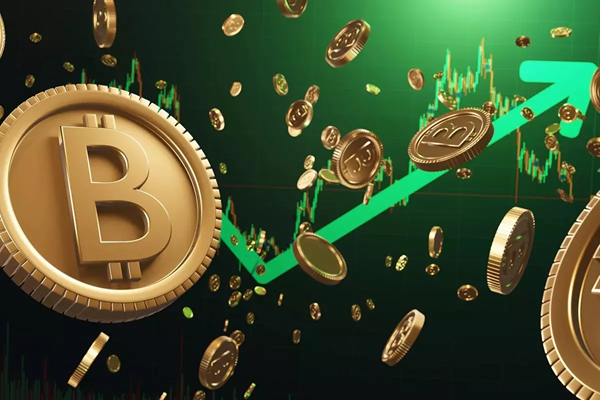
The Fed will begin slowing its quantitative tightening on April 1, reducing its Treasury holdings from $25 billion to $5 billion.
Bitcoin ( BTC ) has reclaimed the $85,000 level after the Federal Open Market Committee (FOMC) median forecast for a 50 basis point rate cut by 2025.
In addition to signaling a possible rate cut, the Federal Reserve also announced plans to slow the pace of its balance sheet shrinkage, also known as quantitative tightening (QT), starting April 1.
The monthly cap on maturing Treasury bonds without replacement will be reduced to $5 billion, down from the previous limit of $25 billion. The announcement sent global markets soaring, including cryptocurrencies.
According to CryptoSlate data, Bitcoin surged from $84,235.71 to nearly $86,000 before stabilizing at $85,363 at press time.
Despite Bitcoin’s nearly 2% price increase, not all major altcoins have reacted as strongly. Ethereum ( ETH ) is trading at $2,039.11 after a positive 0.6% move over the same period, and Cardano ( ADA ) is up slightly by 0.5%.
Meanwhile, XRP and BNB have barely seen any price movement. However, Solana ( SOL ) has broken above $130 and is trading at $133.55 at press time.
Federal Reserve Chairman Jerome Powell stressed that the decision should not be interpreted as a broader policy shift but rather as a technical adjustment to ensure smooth market functioning.
Fed Rate Path
The updated projections showed a more cautious stance among FOMC members on the pace and extent of rate cuts. The median forecast put rates at around 3.9% by year-end.
Nine policymakers now see two cuts by 2025, down from 10 in December, while eight now see just one or no cuts, up from four in their previous forecast.
Meanwhile, two members see three cuts, down from five in December, and none see more than three cuts.
Longer-term expectations remain largely unchanged. The median forecast for the federal funds rate at the end of 2026 is 3.4%, while the forecast for 2027 is 3.1%. The Fed’s long-run estimate of the neutral interest rate remains steady at 3%.
Moreover, the Fed’s latest economic projections point to slowing economic growth. The median GDP forecast for 2025 was revised down to 1.7% from 2.1% in December.
The 2025 unemployment rate forecast was raised slightly from 4.3% to 4.4%, signaling expectations of a mild deterioration in the labor market.
The central bank also revised its inflation forecast upward, expecting the Personal Consumption Expenditures (PCE) inflation rate to reach 2.7% in 2025, up from the previous estimate of 2.5%. Core PCE inflation, which excludes food and energy, is expected to rise to 2.8%, up from the previous forecast of 2.5%.
Tariff impact
In his post-meeting press conference, Powell addressed concerns about inflation pressures, particularly the impact of tariffs.
He noted that a significant portion of the recent rise in inflation could be due to tariff-related factors but said their longer-term impact remains uncertain.
Powell also described tariff-induced inflation as “transitory” but acknowledged the difficulty in assessing its impact. He reiterated that the Fed is monitoring economic data for any signs of weakness but stressed that policymakers are in no rush to cut interest rates.
With inflation pressures persistent and economic growth slowing, the Fed’s latest forecasts signal a more cautious approach to adjusting monetary policy.
The central bank's willingness to slow the pace of quantitative tightening while maintaining a cautious stance on rate cuts reflects its efforts to strike a balance between maintaining economic stability and controlling inflation.






